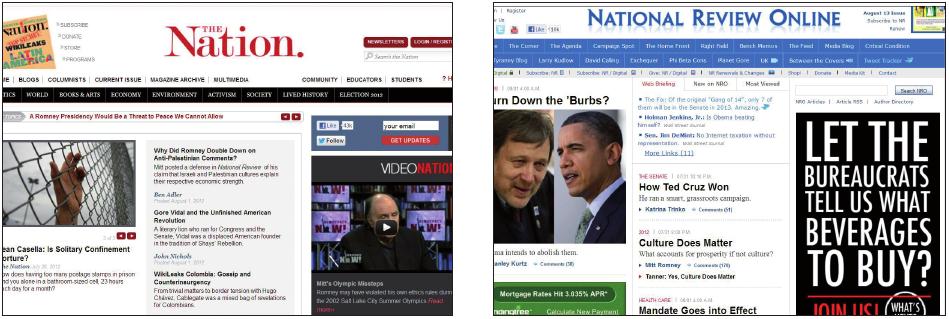Who published it?
Determining who published or sponsored a source you are considering can help you gauge its reliability and ascertain the publication’s slant (or point of view). Look to see whether the source was published by a commercial publisher (such as St. Martin’s or Random House); a university press (such as the University of Nebraska Press); a corporation, an organization, or an interest group (such as the RAND Corporation, the World Wildlife Fund, or the National Restaurant Association); a government agency (such as the Internal Revenue Service or the U.S. Census Bureau); or the author on his or her own. Determining the publisher or sponsor is particularly important for material published on the Web.
If your source is a Web page, look at the URL (uniform resource locator) to find its top-level domain, which is indicated by a suffix. Some of the most useful ones are listed here:
| .gov | U.S. federal government and some state or local government institutions |
| .org | nonprofit organizations |
| .edu | educational institutions |
| .com | businesses and commercial enterprises |
| .net | usually businesses or organizations associated with networks |
| .mil | the U.S. military |
For the most part, .gov and .edu are the most likely to offer reliable sources of information for a college research project. However, sources with any of these domains may vary in reliability. For example, a file with a .com suffix may offer a highly reliable history of a corporation and be an appropriate source for someone writing a history of corporate America, whereas a file with an .edu suffix may have been posted by a student or by a faculty member outside his or her area of expertise. It is essential to look at Web sites carefully. Determine who sponsors the site: Is it a business, a professional group, a private organization, an educational institution, a government agency, or an individual? Look for a link, usually at the top or the bottom of the home page, called something like “Who We Are” or “About Us.” If you cannot determine who sponsors a site, carefully double-check any information you find there.
Consider, too, checking how often the Web site has been linked to and the types of links provided by the Web site. That a site has been linked to repeatedly does not guarantee reliability, but the information may be helpful in conjunction with other recommendations in this chapter. To determine the number of times a Web page has been linked to, type link: plus the URL into a Google search box. To check the links provided, click on them and apply the criteria in this chapter.
If the source was published by a commercial publisher, check out the publisher’s Web site, and ask yourself questions like these:
- Does the publisher offer works from a single perspective or from multiple perspectives?
- Do the works it publishes cover a wide variety of topics or focus on a particular array?
- Does the publisher’s Web site host links to a particular type of site?
Consider the screen shots in Figure 25.2. The screen shot on the left is from the Web site of the Nation; the screen shot on the right is from the online version of the National Review. Compare the titles of the articles, and look at the photographs and advertisements. Do you notice any particular slant to the coverage?
The Web sites of book publishers may offer a link to a catalog. If so, look at the works it lists. Does the publisher seem to publish works on a particular topic or from a particular point of view? Does the publisher generally offer popular, academic, or professional works?
If your source is a periodical (a magazine, newspaper, newsletter, or scholarly journal), consider whether it focuses on a particular topic or offers a single point of view. In addition to looking at the article you are considering, visit the publisher’s Web site, which may help you determine this.
